Ras al Hanout — just saying it feels like you're summoning the spirit of a thousand spices. If your pantry is missing this magical North African blend, are you even cooking with passion? Whether you're a spice connoisseur or a weekend warrior in the kitchen, this article will guide you through everything you need to know about Ras al Hanout, including how to use it, why it's special, and where to buy the best stuff out there.
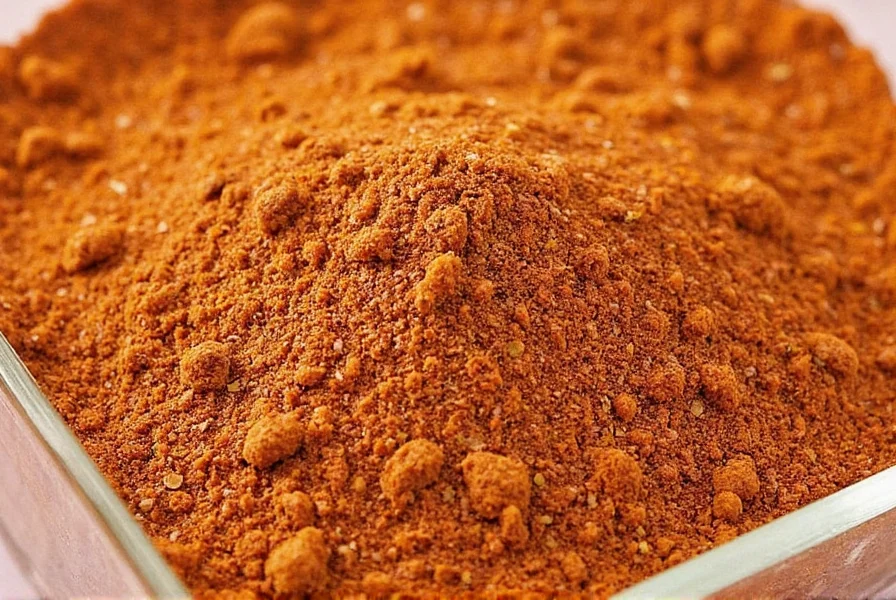
Table of Contents
- What Exactly Is Ras al Hanout?
- The Spice Avengers: Breaking Down the Blend
- How to Use Ras al Hanout Like a Pro
- Top 5 Tips for Using Ras al Hanout at Home
- Buying Guide: Best Ras al Hanout Brands Reviewed
- Comparison Table: Top 5 Ras al Hanout Blends
- Frequently Asked Questions (FAQ)
- Final Thoughts: Let Ras al Hanout Reign Supreme
What Exactly Is Ras al Hanout?
Ras al Hanout literally translates to "top of the shop" in Arabic. It's not just any spice mix — it's the crown jewel of Moroccan and North African cuisine. Traditionally, each spice merchant would create their own secret recipe, featuring anywhere from 10 to 30 different spices, seeds, and herbs. The idea was simple: showcase the finest, most exotic ingredients they had on hand.
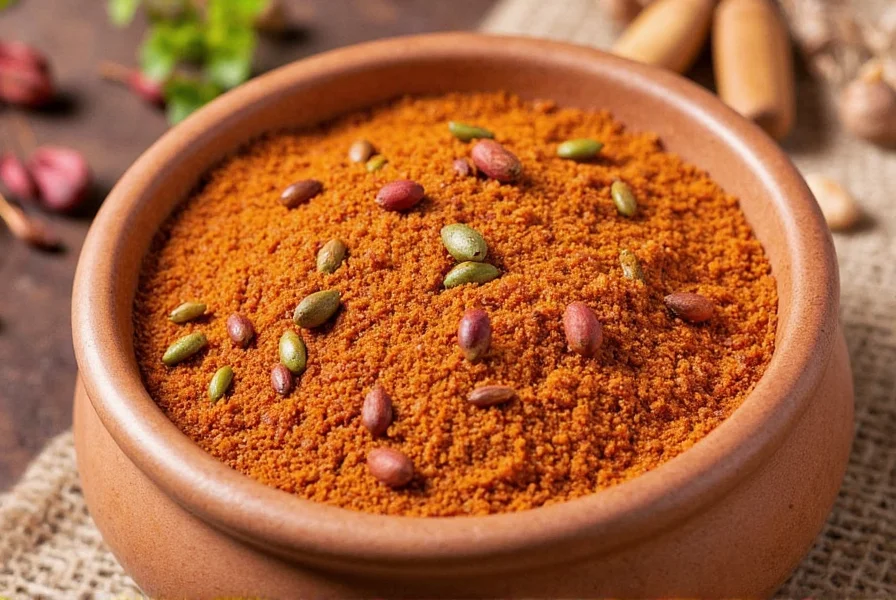
Today, while many commercial versions have standardized recipes, authentic Ras al Hanout still carries that sense of exclusivity and artisan craftsmanship. From lamb tagines to roasted vegetables, this blend has the power to transform the ordinary into extraordinary.
The Spice Avengers: Breaking Down the Blend
The beauty of Ras al Hanout lies in its versatility and complexity. While there's no one-size-fits-all formula, here are some common ingredients found in traditional blends:
- Cumin – Earthy, smoky warmth
- Coriander – Bright citrus notes
- Paprika – Adds color and mild heat
- Nutmeg – Sweet, nutty depth
- Allspice – Clove-like richness
- Ginger – Zesty kick
- Cardamom – Floral and aromatic
- Fennel Seeds – Mildly licorice flavor
- Turmeric – Golden hue and earthiness
- Cayenne Pepper – Optional heat boost
Depending on regional variations, you might also find cinnamon, mace, star anise, saffron, or even dried rose petals. Each component plays a role in creating a harmonious flavor profile that's both robust and refined.
How to Use Ras al Hanout Like a Pro
If you're new to this blend, don't be intimidated. Think of Ras al Hanout as your secret weapon in the kitchen — a flavor amplifier that can elevate your dishes from "meh" to magnificent.
- Meat Rub: Use it as a dry rub for lamb, chicken, or beef before roasting or grilling.
- Stews & Tagines: Add a teaspoon or two to slow-cooked stews or vegetable tagines for a deep, complex flavor.
- Vegetable Roasts: Toss root veggies with olive oil and Ras al Hanout before roasting — sweet potatoes, carrots, and cauliflower all love this treatment.
- Grains & Rice: Stir a pinch into couscous, quinoa, or pilaf for a fragrant side dish.
- Marinades: Mix with yogurt or lemon juice for a flavorful marinade base.
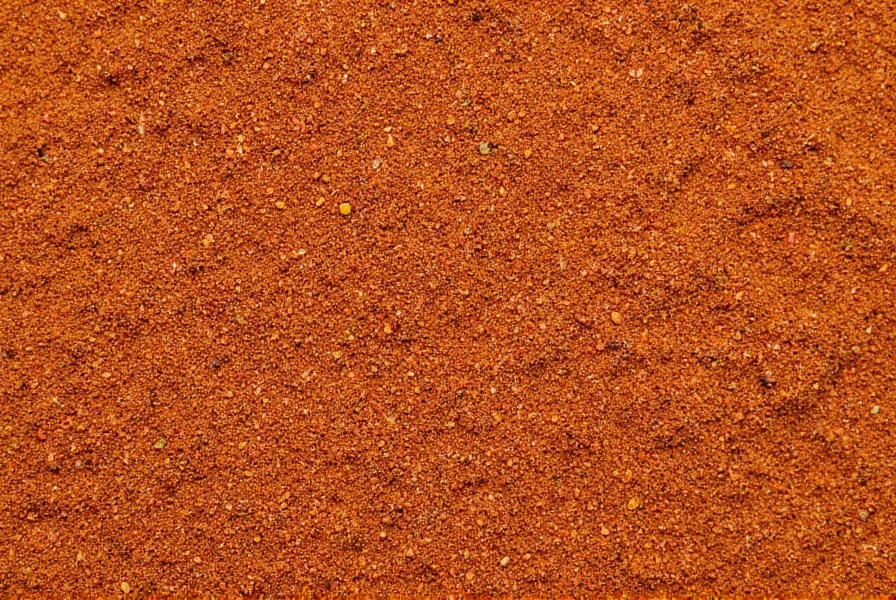
Top 5 Tips for Using Ras al Hanout at Home
- Start Small: A little goes a long way. Begin with a teaspoon and adjust to taste.
- Toast First: Lightly toast the spice blend in a dry pan to release more aroma and depth.
- Mix with Oil: For better flavor distribution, combine Ras al Hanout with oil before adding to dishes.
- Balance the Heat: If your blend is spicy, balance it with honey or citrus to avoid overpowering other flavors.
- Store Smartly: Keep your Ras al Hanout in an airtight container away from light and moisture to preserve freshness.
Buying Guide: Best Ras al Hanout Brands Reviewed
With so many options flooding the market, finding the perfect Ras al Hanout can feel overwhelming. Here's a curated list of top-rated brands, each with its own unique twist:
- The Spice Garden - Moroccan Ras al Hanout
- Features: Artisan blend with 18 spices, hand-blended in small batches
- Advantages: Deep, balanced flavor; great for meat and rice dishes
- Use Cases: Perfect for tagines, grilled meats, and hearty stews
- Audience: Home cooks and foodies who appreciate authenticity
- Occasions: Family dinners, dinner parties, holiday meals
- SpiceWorks Premium Ras al Hanout
- Features: Slightly sweeter profile with hints of cinnamon and cardamom
- Advantages: Versatile; works well in both savory and sweet applications
- Use Cases: Roasted veggies, spiced nuts, warm grain bowls
- Audience: Health-conscious individuals and vegetarian chefs
- Occasions: Weeknight dinners, brunch spreads, wellness-focused meals
- Harvest Moon Organic Ras al Hanout
- Features: USDA-certified organic and non-GMO
- Advantages: Clean label; ideal for those avoiding additives
- Use Cases: Soups, lentil dishes, vegan meals
- Audience: Eco-conscious consumers and clean eaters
- Occasions: Healthy meal prep, green smoothie bowls, detox days
- Marrakech Spice Co. Traditional Ras al Hanout
- Features: Authentic Moroccan recipe passed down through generations
- Advantages: Bold and fiery; perfect for lovers of intense flavor
- Use Cases: Spicy tagines, grilled kebabs, fire-roasted peppers
- Audience: Adventure seekers and spice junkies
- Occasions: BBQs, game nights, spice challenges
- EarthFlavors World Spice Blends
- Features: Budget-friendly option with consistent quality
- Advantages: Great starter choice; easy to find online or in stores
- Use Cases: Everyday cooking, school lunches, quick weeknight meals
- Audience: Busy parents and students
- Occasions: Casual dining, picnics, family gatherings
Comparison Table: Top 5 Ras al Hanout Blends
| Brand | Features | Best Use | Price Range | Heat Level |
|---|---|---|---|---|
| The Spice Garden | Artisan blend with 18 spices | Tagines, grilled meats | High | Moderate |
| SpiceWorks Premium | Sweet with cinnamon/cardamom | Roasted veggies, grain bowls | Moderate | Low-Moderate |
| Harvest Moon Organic | Organic, non-GMO | Vegan meals, soups | Moderate | Low |
| Marrakech Spice Co. | Authentic Moroccan blend | Kebabs, fire-roasted dishes | High | Hot |
| EarthFlavors | Budget-friendly | Everyday meals | Low | Moderate |
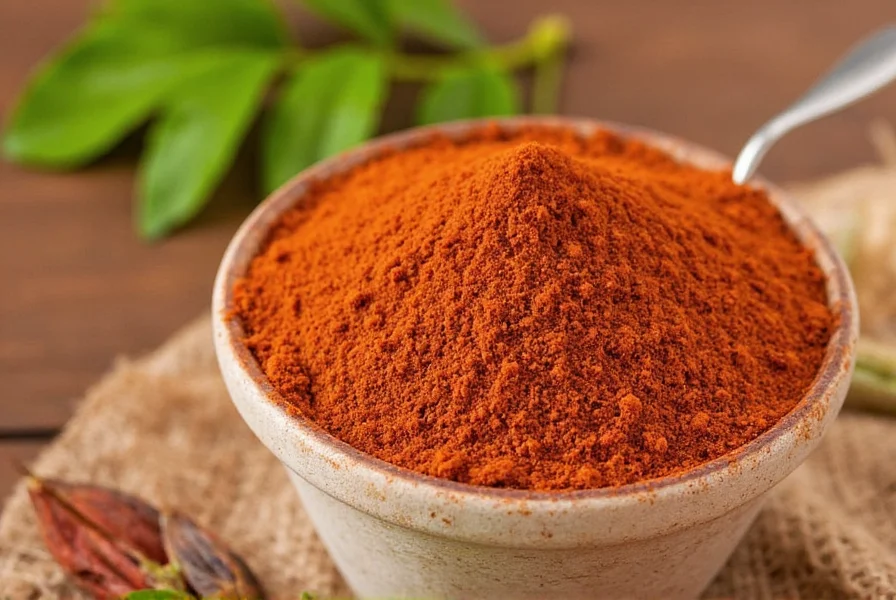
Frequently Asked Questions (FAQ)
What is 'rasal hanut' and is it the same as Ras al Hanout?
Rasal hanut is a common misspelling of Ras al Hanout. The correct spelling is 'Ras al Hanout' (sometimes written as 'Ras el Hanout'). It's a traditional North African spice blend that translates to 'top of the shop' in Arabic, indicating the best spices a merchant has to offer. If you're searching for 'rasal hanut', you're likely looking for information about this versatile spice mixture.
Can I Make My Own Ras al Hanout?
Absolutely! Customize your blend based on your preferences. Start with equal parts cumin, coriander, paprika, and turmeric, then add others like ginger, nutmeg, and cinnamon to taste.
Is Ras al Hanout Spicy?
It depends on the brand and recipe. Some blends are quite mild, while others pack a punch. Always check the ingredient list or start with a small amount when trying a new brand.
How Long Does Ras al Hanout Last?
Stored properly in an airtight container away from light and moisture, it should stay fresh for up to 6 months. After that, the flavors may begin to fade.
Can I Use Ras al Hanout Instead of Garam Masala?
They share some similarities but aren't exact substitutes. However, if you're in a pinch, you can try using half the amount and adjusting to taste.
Final Thoughts: Let Ras al Hanout Reign Supreme
In a world full of pre-made sauces and shortcuts, Ras al Hanout reminds us of the magic that happens when you take the time to build flavor from scratch. Whether you're a seasoned chef or a curious home cook, this North African marvel deserves a prime spot in your spice rack.
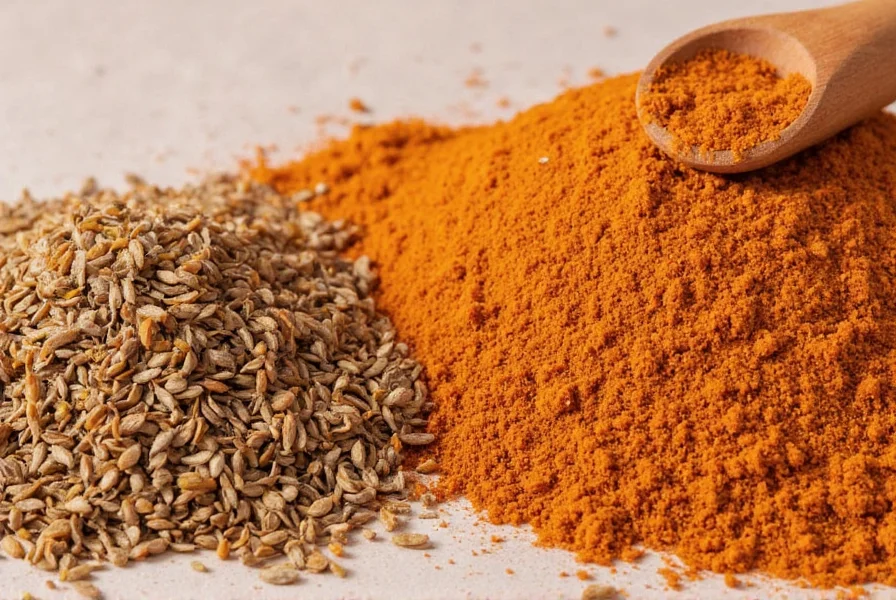
So go ahead — open that jar, take a deep breath, and let Ras al Hanout transform your cooking. Trust us, once you go royal, there's no going back.











 浙公网安备
33010002000092号
浙公网安备
33010002000092号 浙B2-20120091-4
浙B2-20120091-4